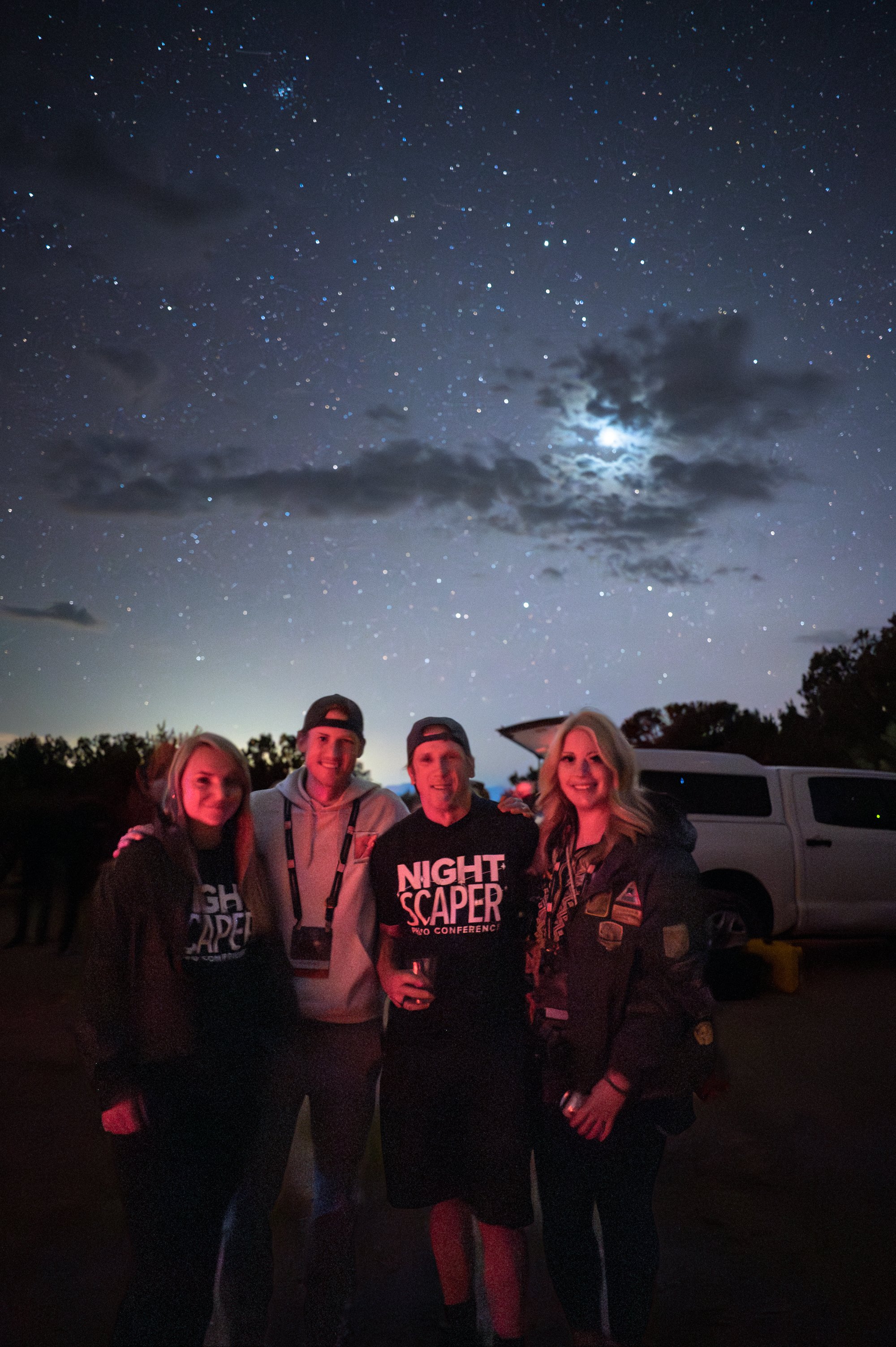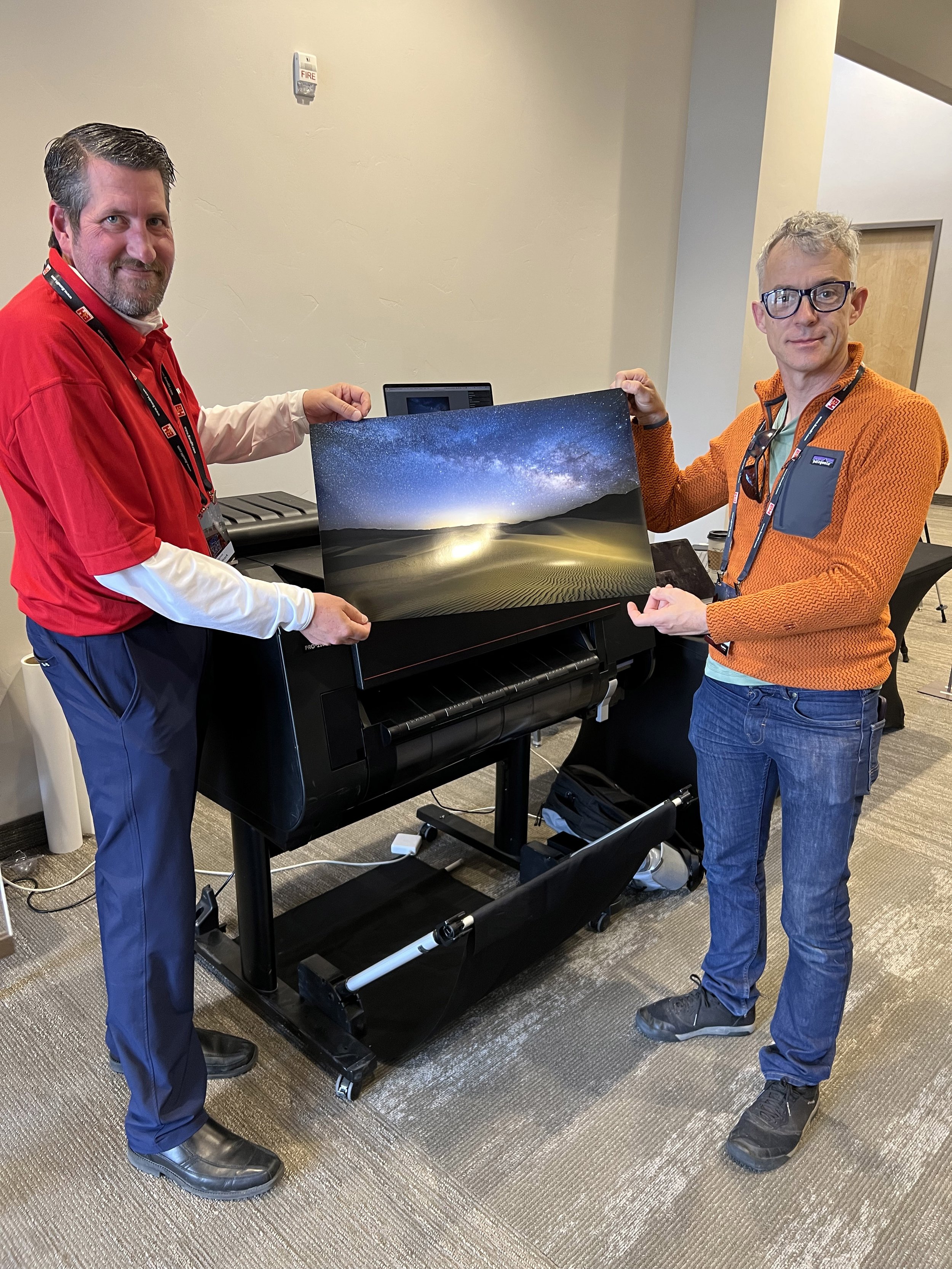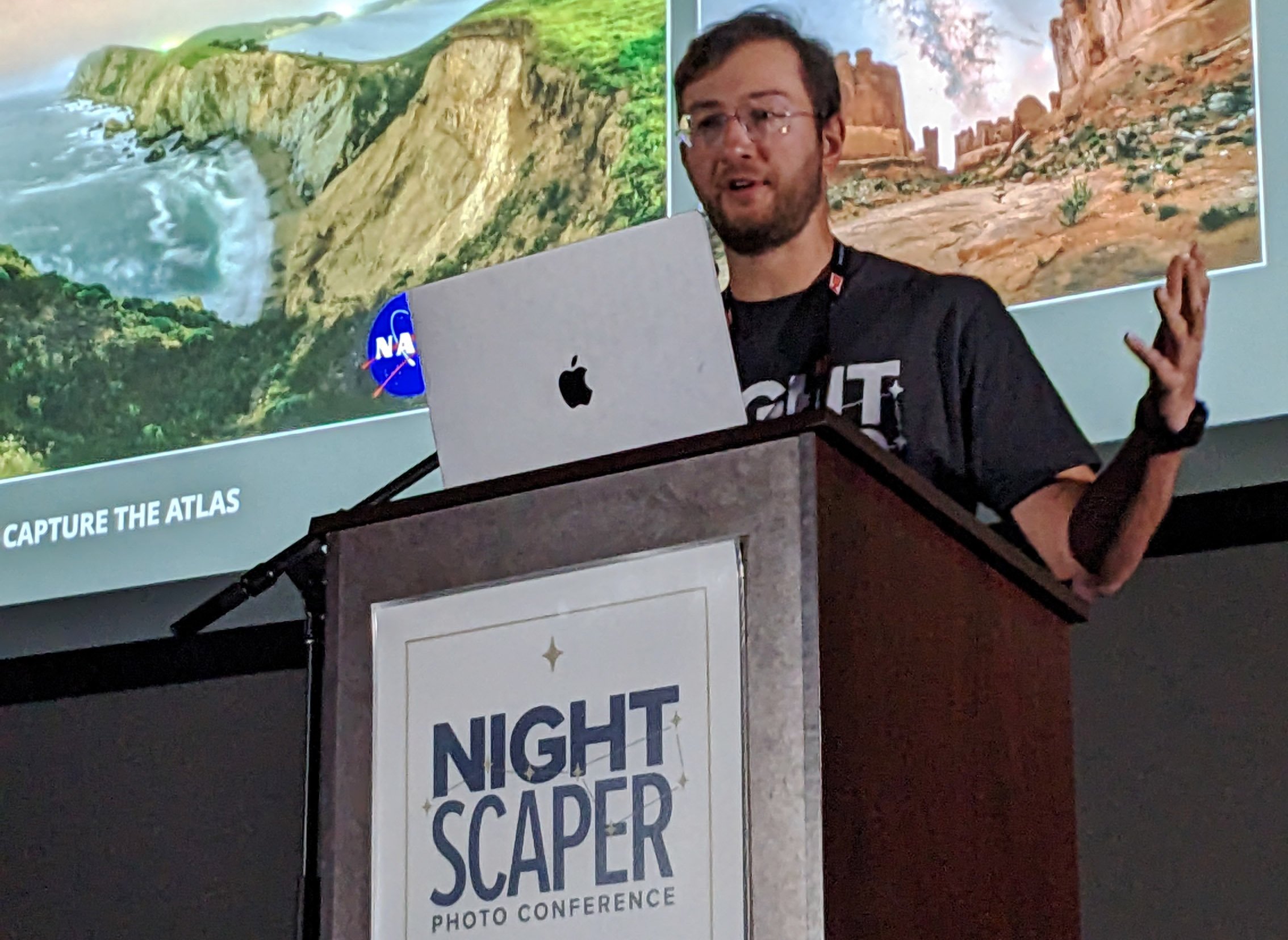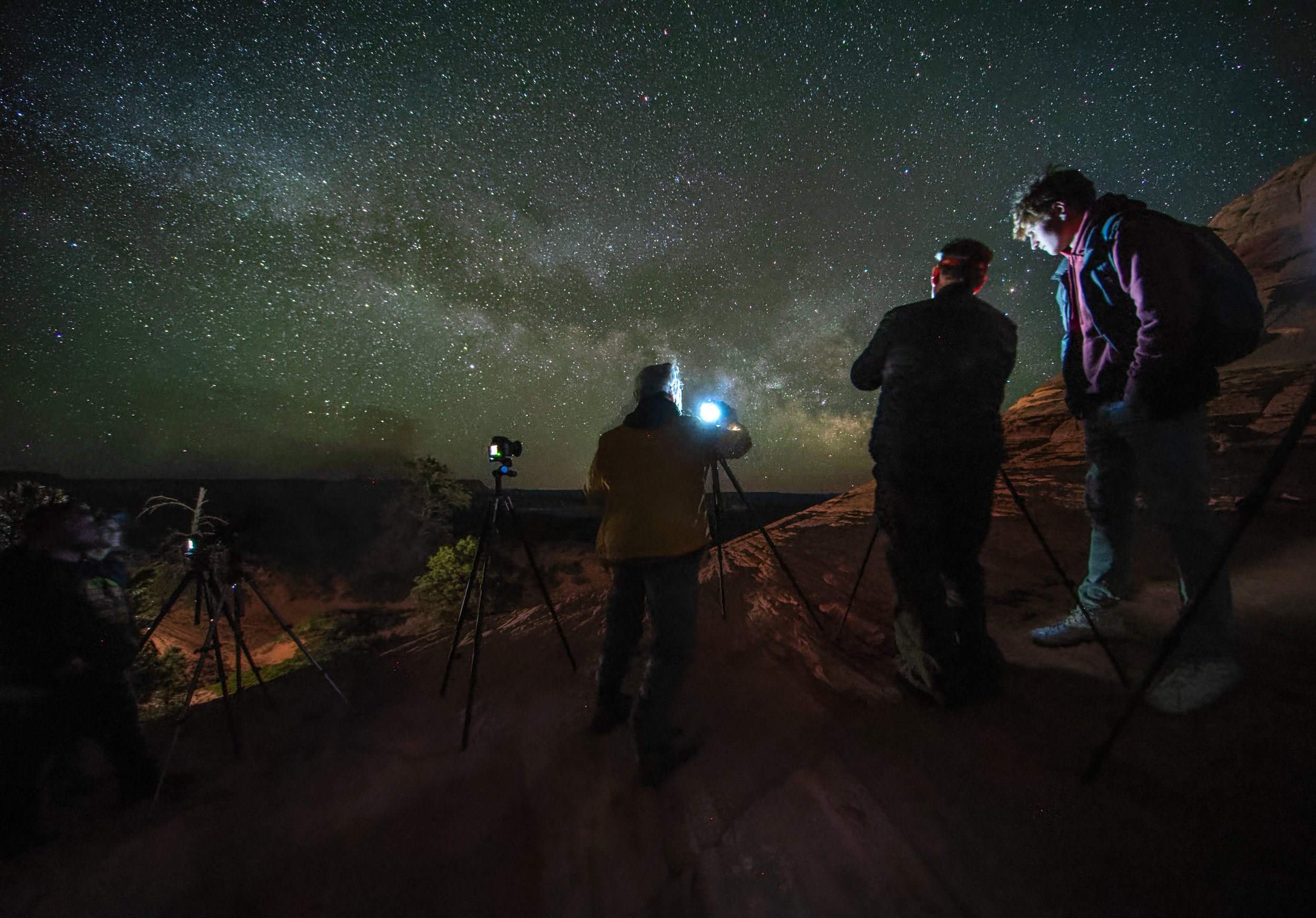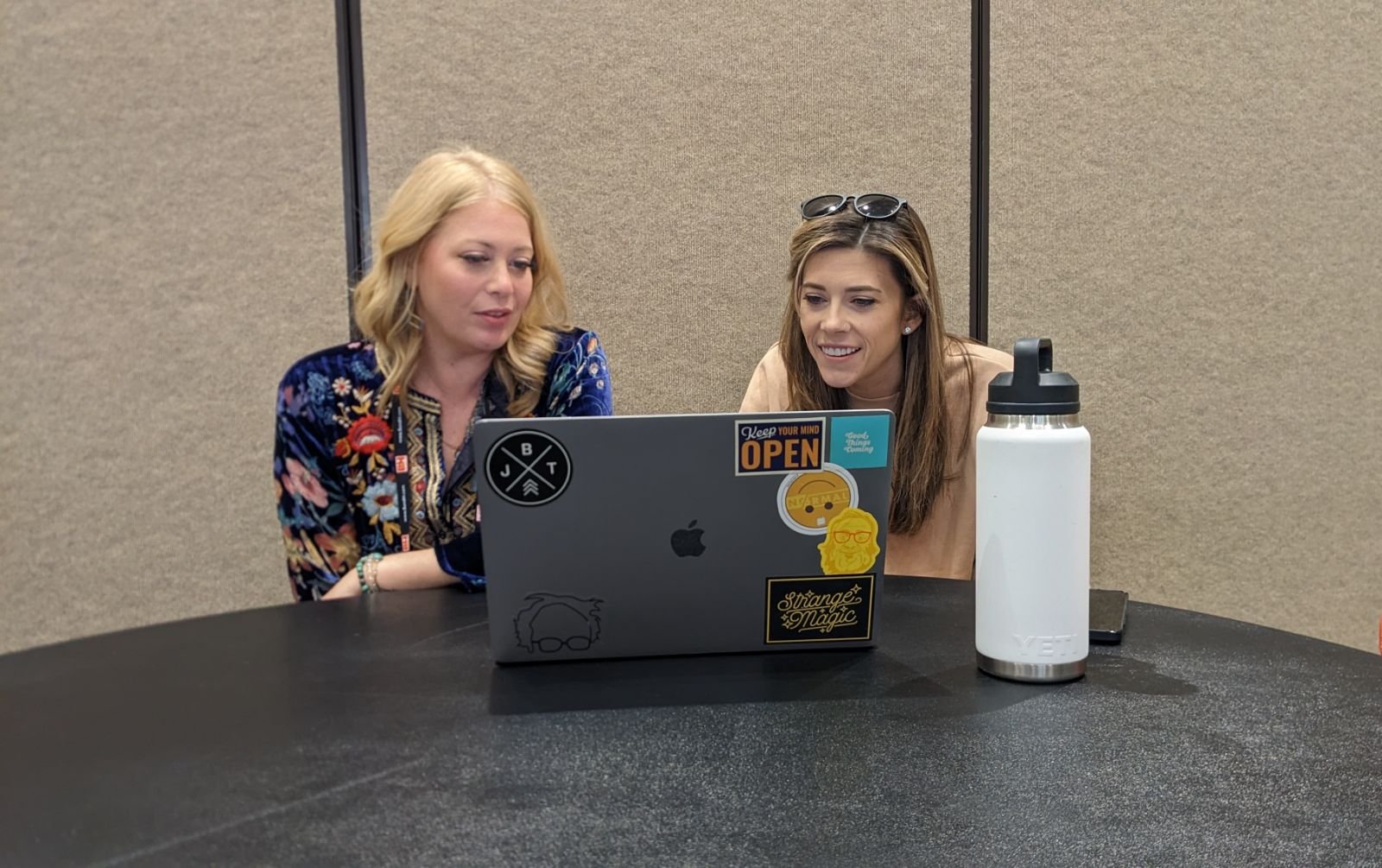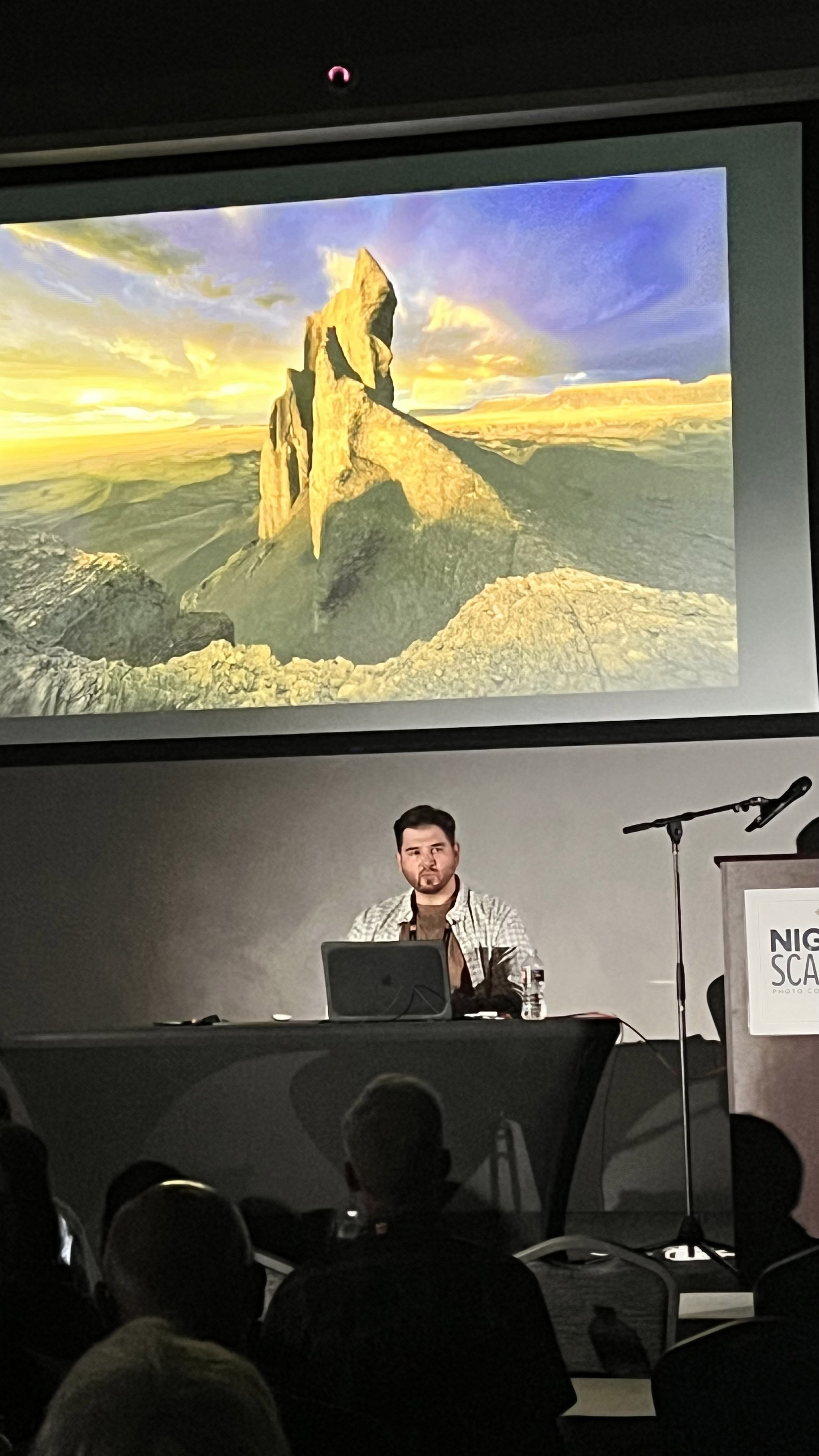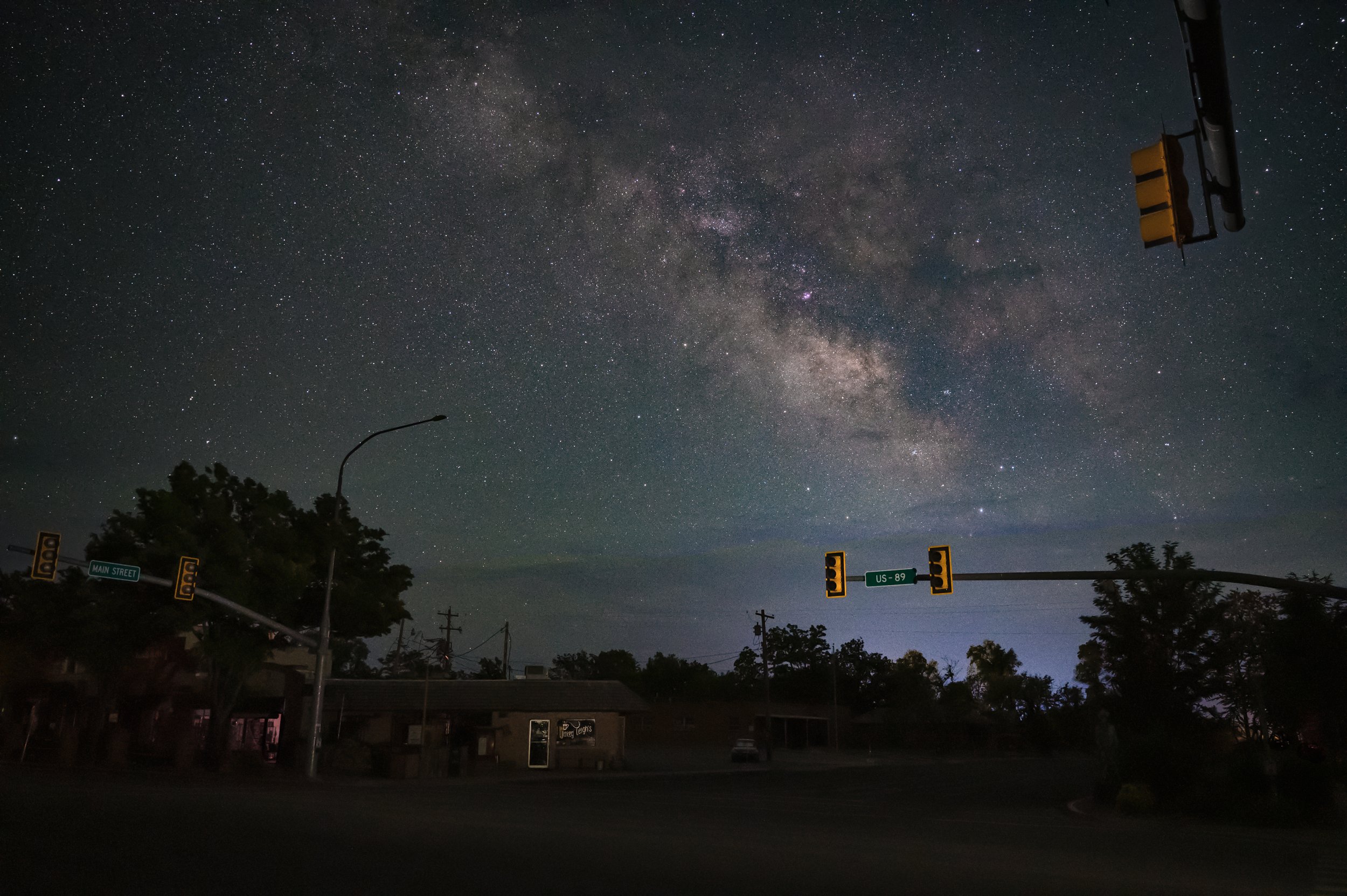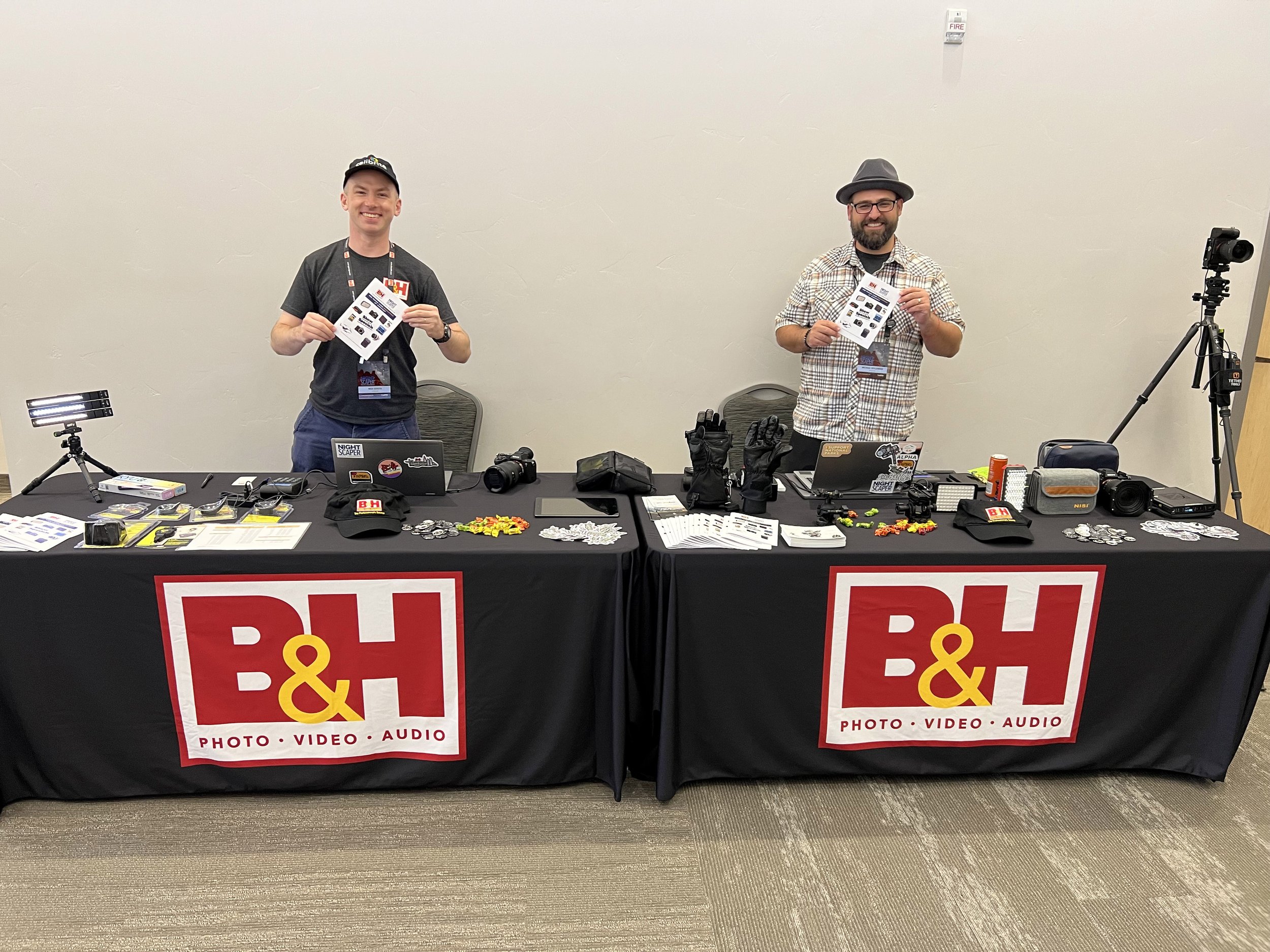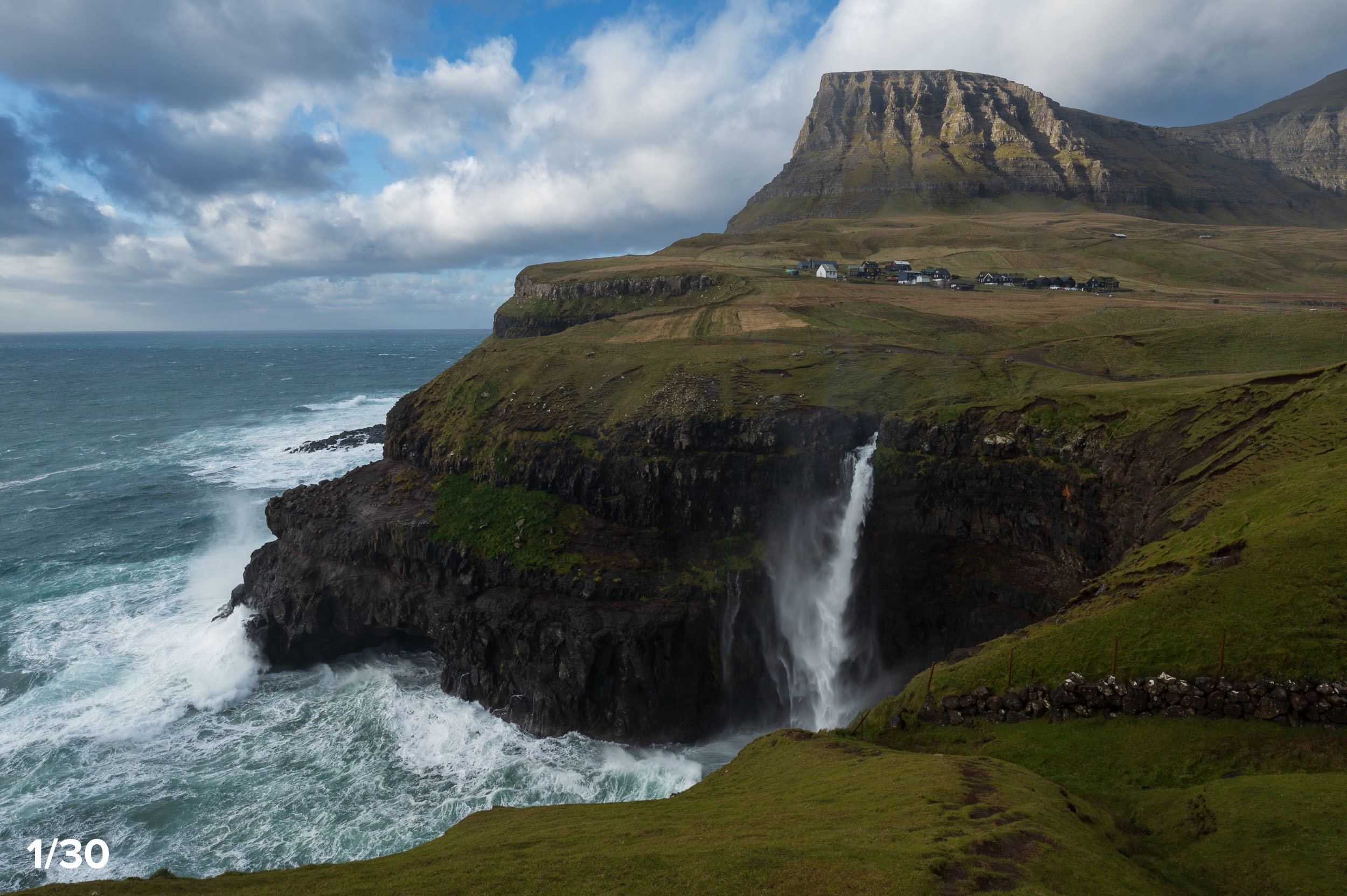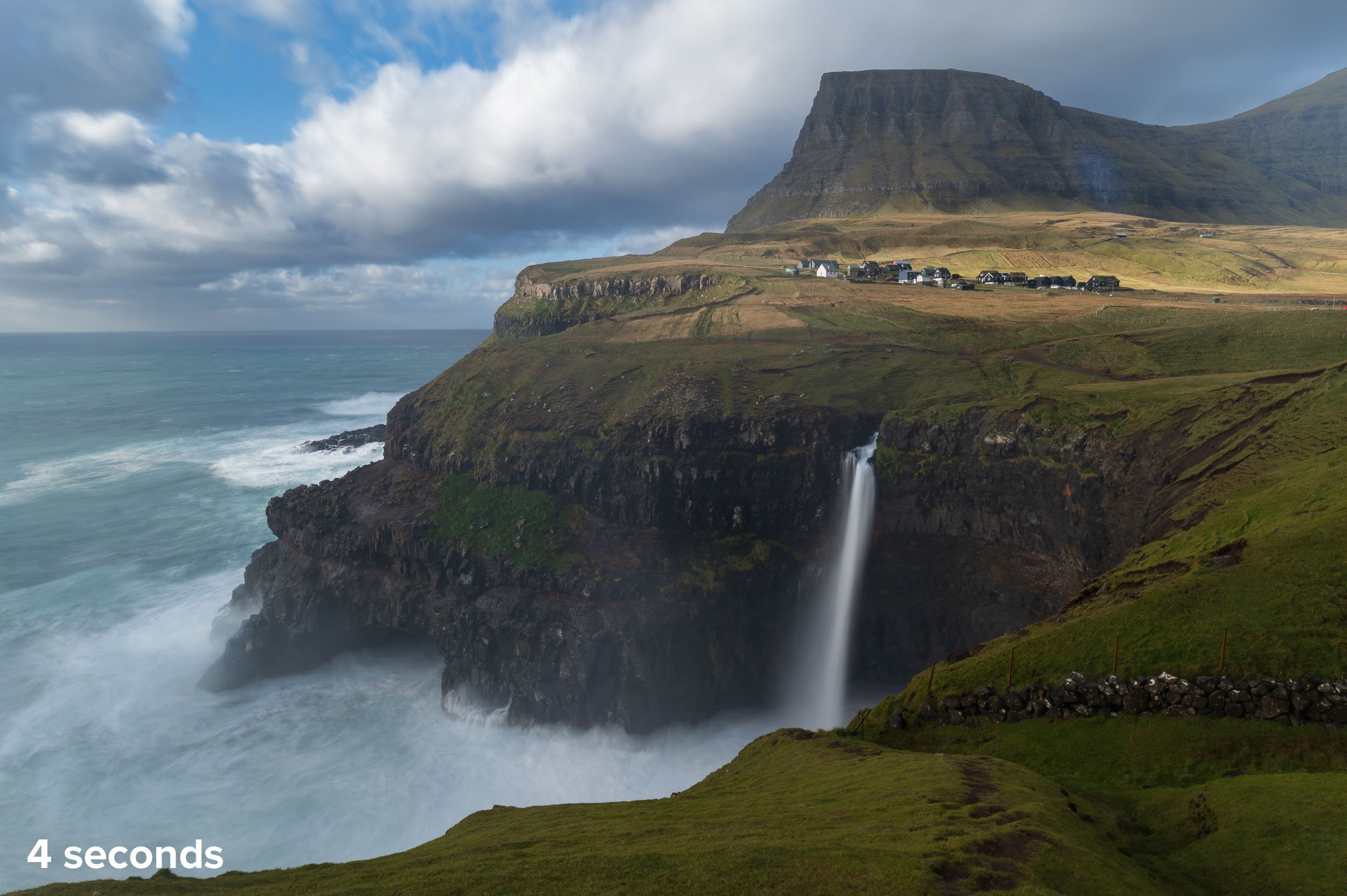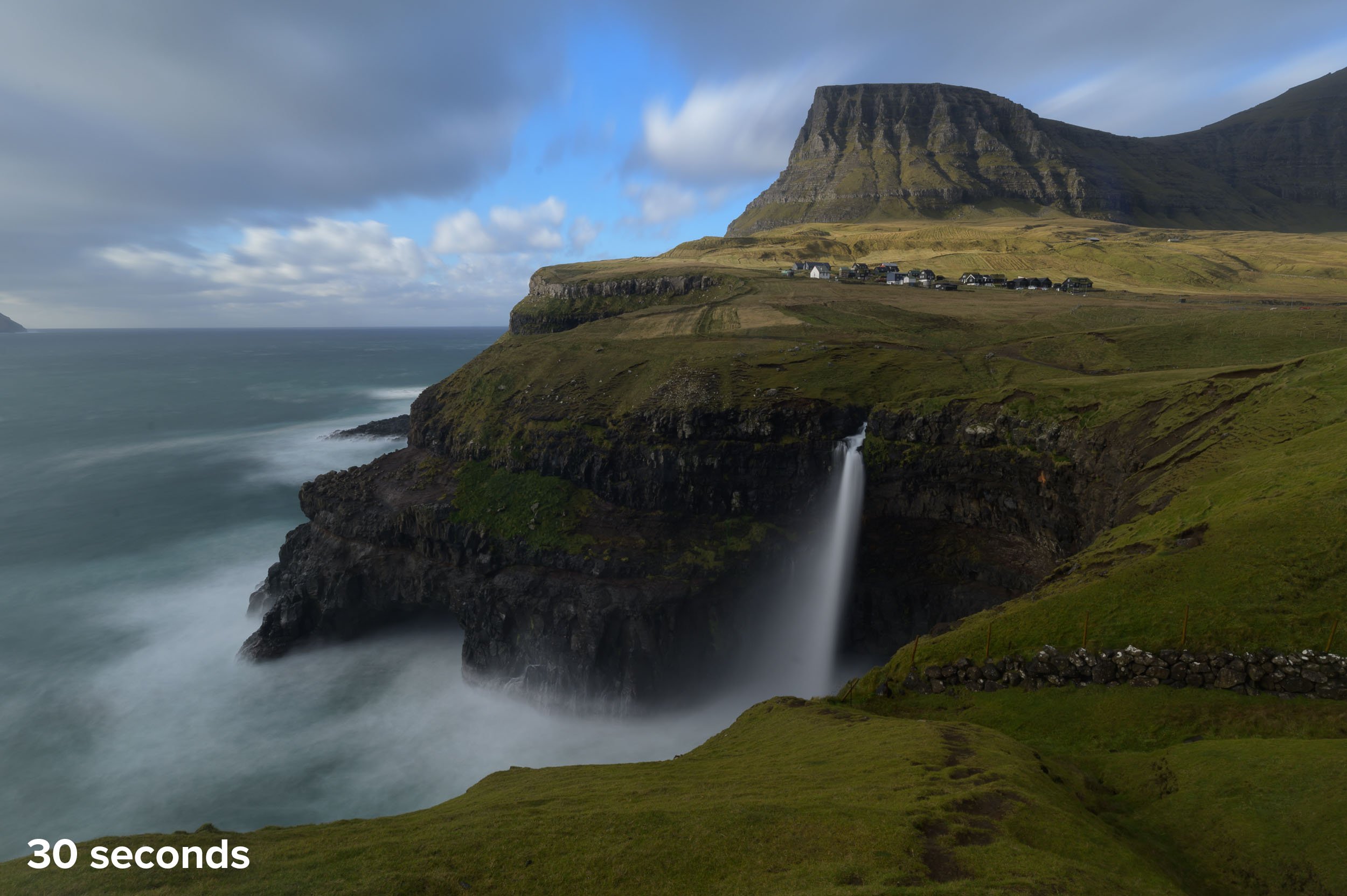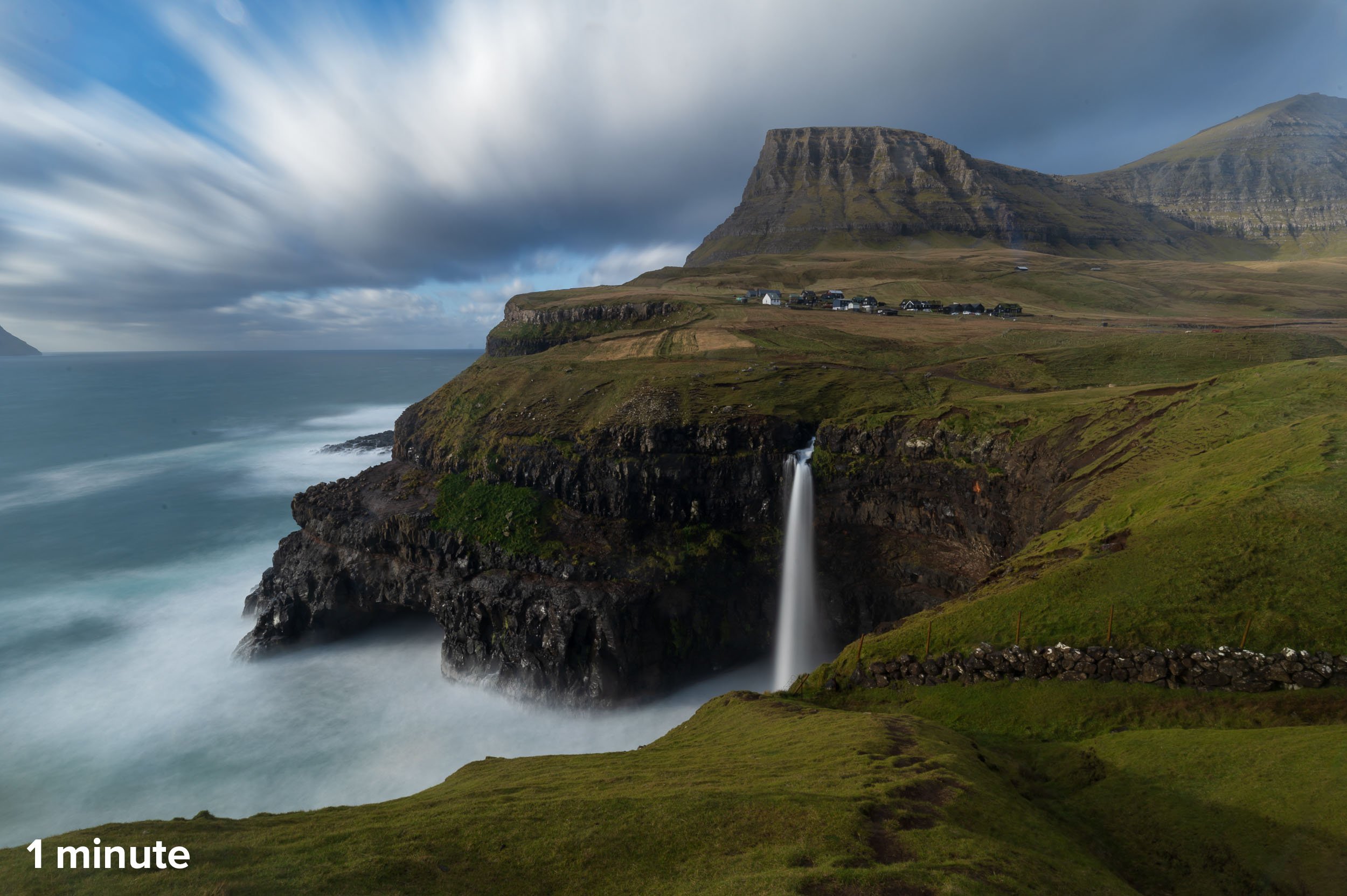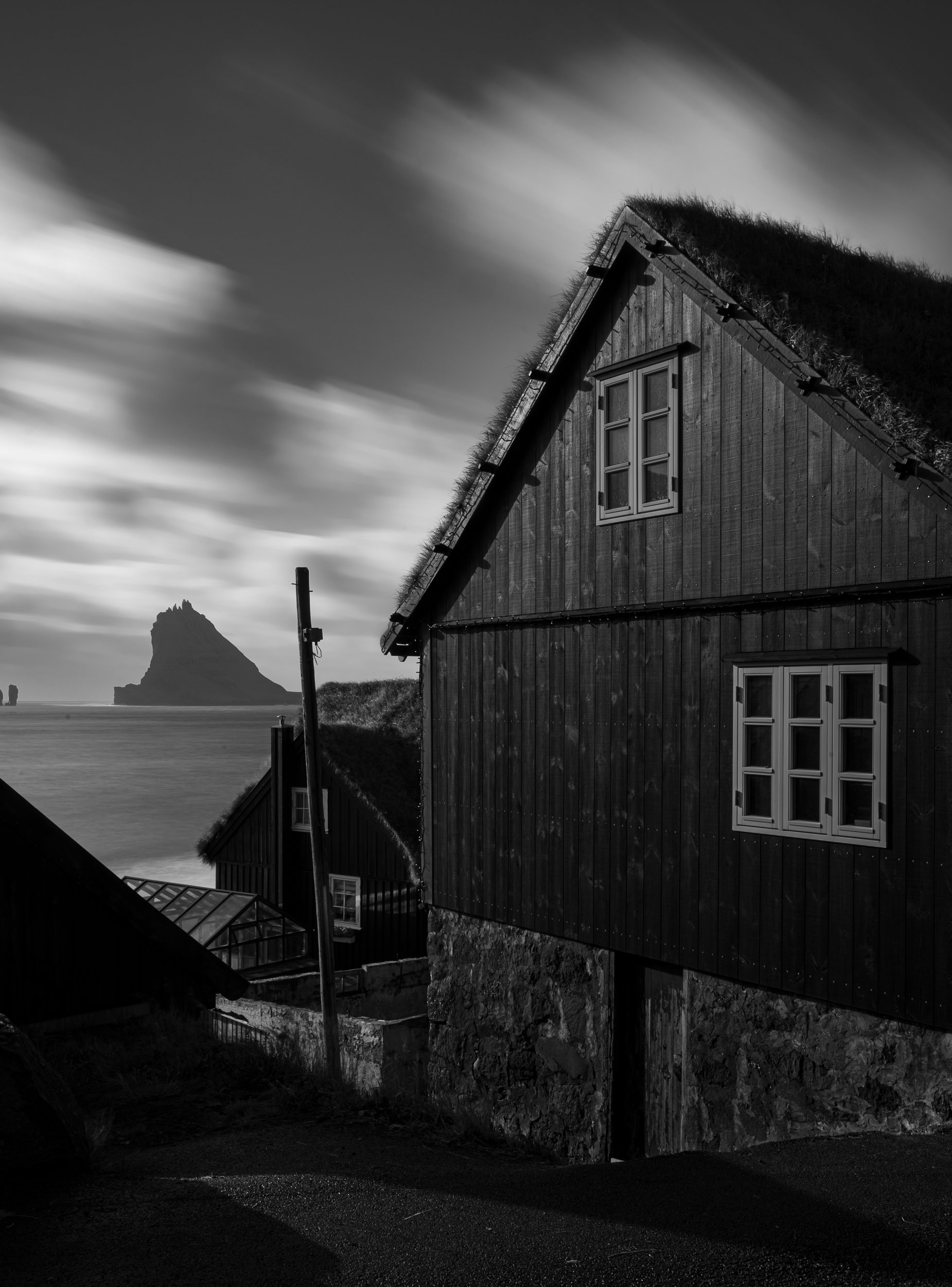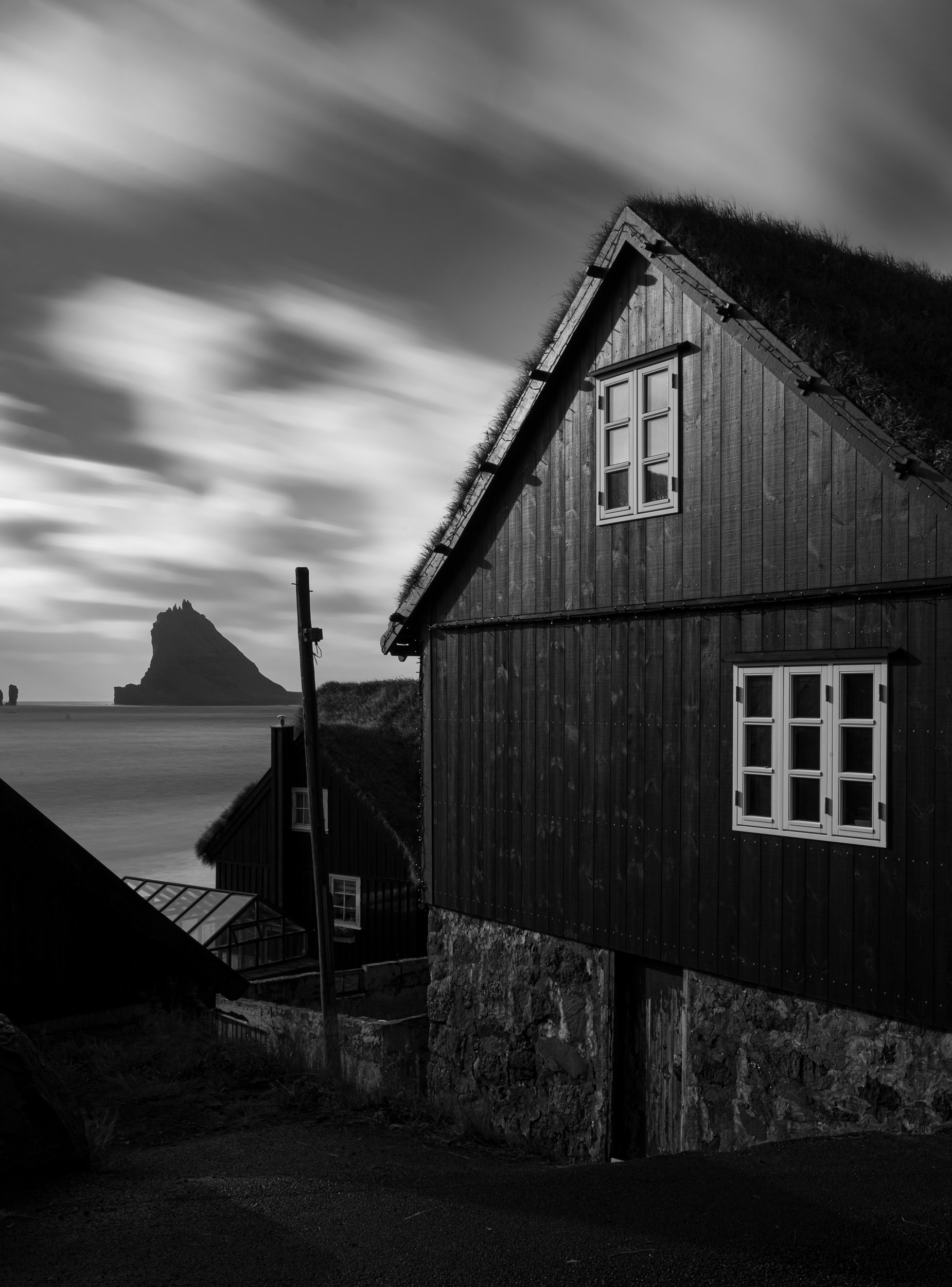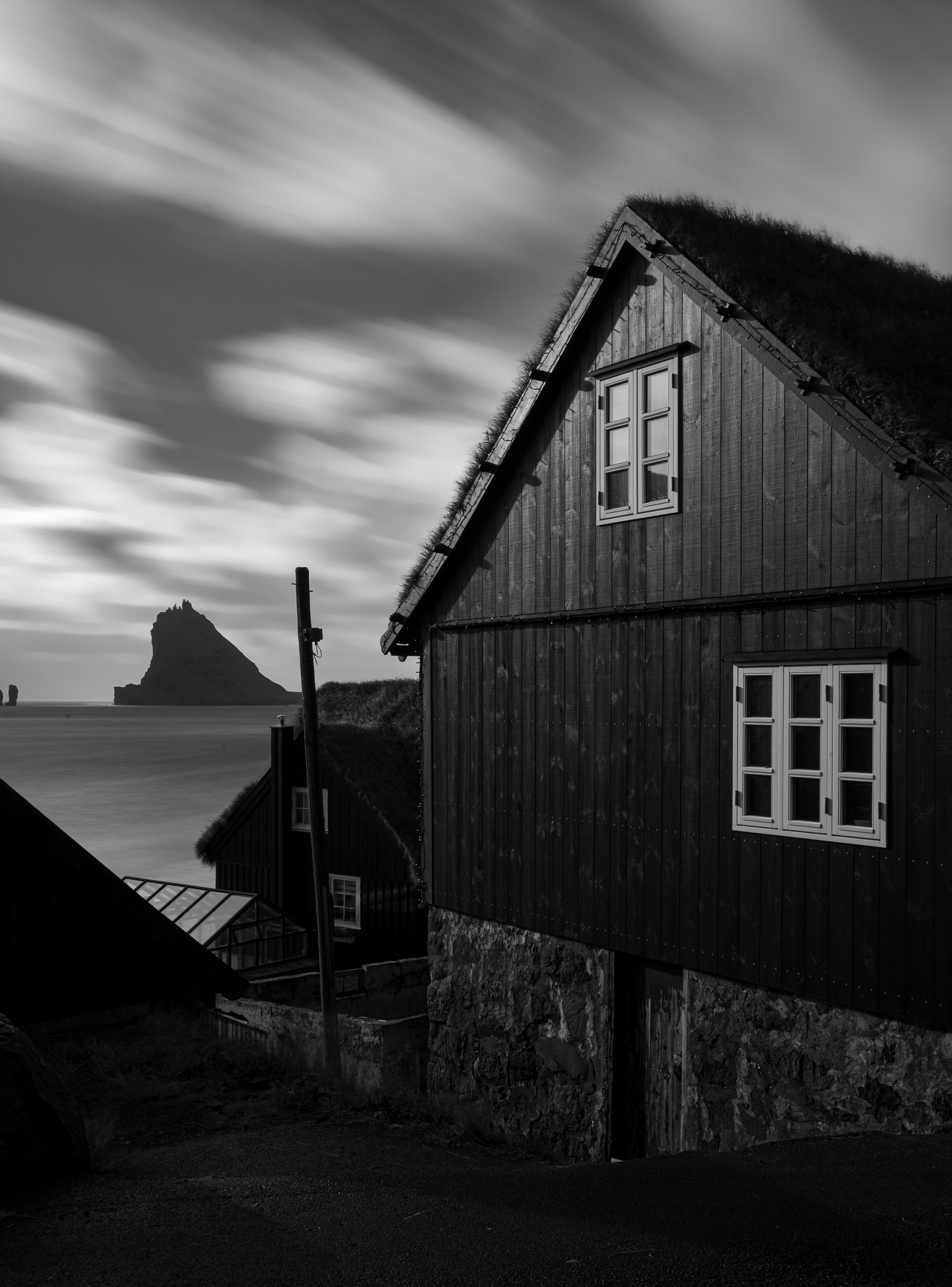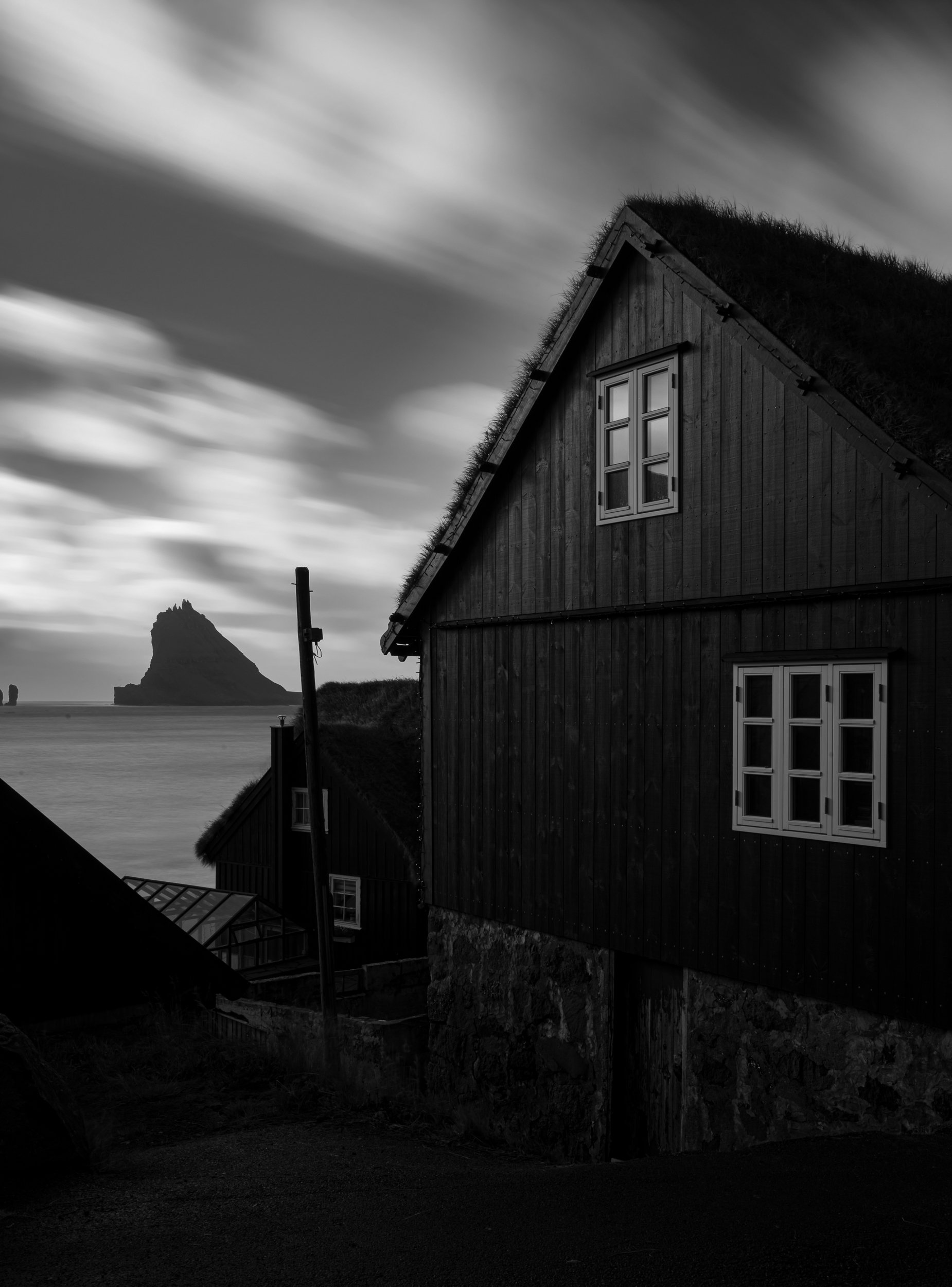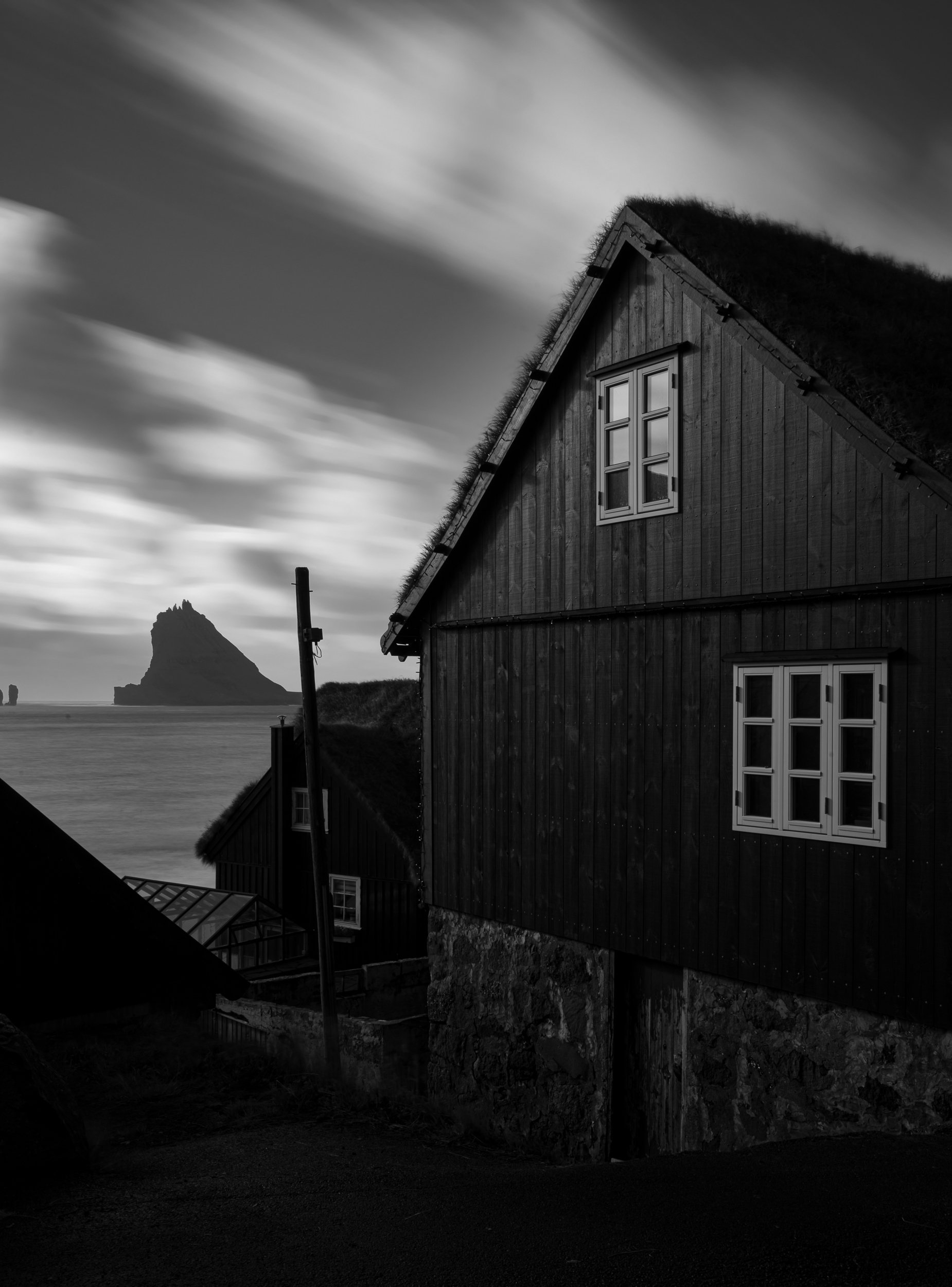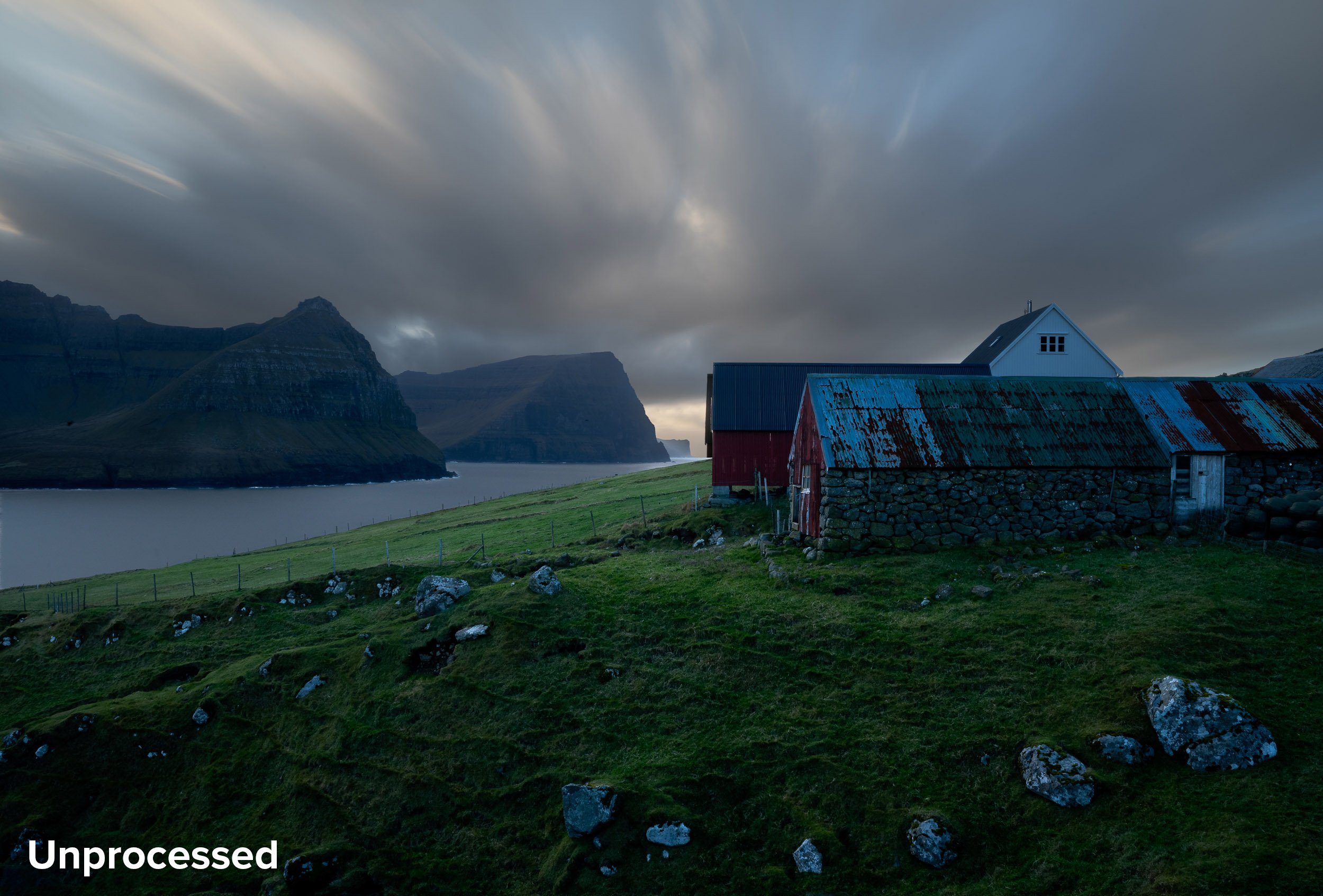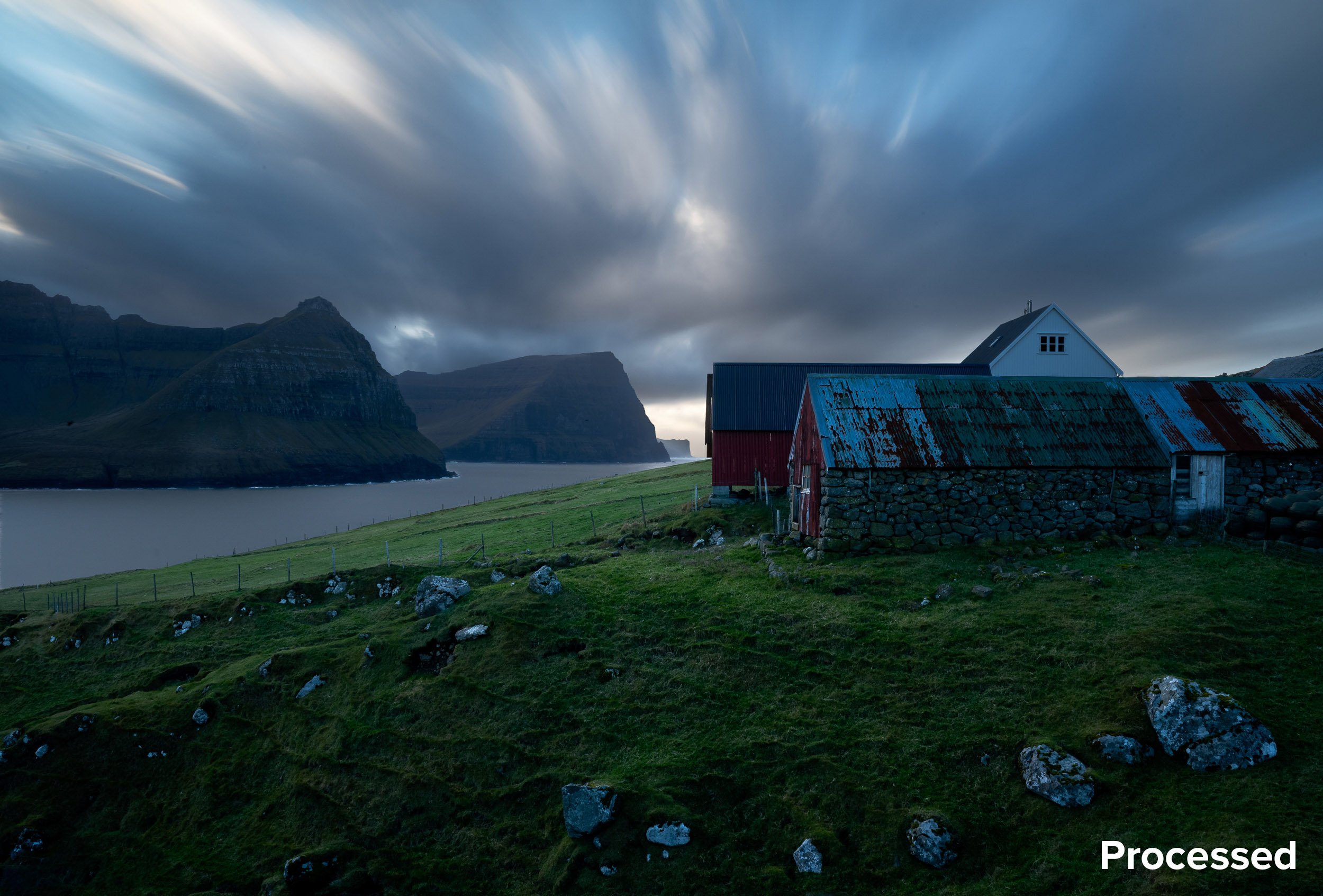Shoot for the Stars with us in Kanab: Announcing the 2024 Nightscaper Conference
We’re heading back to Kanab! To one of the premier places in the United States for dark skies and spectacular, surreal landscapes.
This week we officially launched the 2024 Nightscaper Photo Conference, and we invite you to come shoot for the stars with us.
About Nightscaper
If you’re making plans for your 2024 fall Milky Way season, then include Nightscaper in your schedule and level up your astro-landscape night photography skills. This year’s conference will be held in the nights leading up to the new moon, providing perfect darkness to photograph the setting Milky Way in the earlier hours of the night.
You’ll join other passionate photographers, scientists and inspirational speakers in Kanab. The daytime conference leaves plenty of room for going out at night with speakers, as well as with friends new and old. Speakers will also be offering local workshops before and after the conference, so you can put together a pretty awesome night photography experience in one of the best places in the world for doing so.
The Nightscaper conference goes on for four days, starting each day in late morning to accommodate those who were out shooting the night before. Daily lunches are included, as well as one dinner.
Tickets
Tickets for the 2024 conference went on sale this past week. We are offering Conference + Replays tickets for those who can travel or Replays-only for those who cannot travel but still want all that education and inspiration.
$549 ($200 off the full price) for in-person tickets: use code “EarlyBird”
$349 ($50 off full price) for replays-only tickets: use code “EarlyBirdReplay”
Early Bird tickets will be available only through March 31, so grab yours at a discounted rate while you can!
Speakers
We are very excited to announce speakers for 2024 conference. Several from last year are returning: Kristine Richer, Mike Shaw, Jess Santos, Bryony Richards, Gabriel Biderman, Matt Hill and Chris Nicholson.
In addition, we will be welcoming:
Alyn Wallace, 2021 speaker and author of Photographing the Night Sky
Alyssa Pagan, science visuals developer for the James Webb Space Telescope
Katrina Brown, a master of creative light painting and time-lapse
Michael Frye, renowned landscape photographer and author of five books, including Digital Landscape Photography: In the Footsteps of Ansel Adams and the Great Masters and and The Photographer’s Guide to Yosemite
Rafael Pons, the bard of PhotoPills
Tim Cooper and Lance Keimig of National Parks at Night
and the original nightscaper, conference founder Royce Bair!
For more information, visit our About the Speakers page.
And keep checking back, because that won't be the last of the names you’ll see. We'll be adding a few more speakers, and we’ll keep you posted.
Follow Us for News
We’ll be rolling out event more information throughout the spring and summer, including:
more sponsor and speaker announcements
morning add-on post-production classes
speaker workshops
lodging info
and more!
Stay tuned in to our conference news by following the Nightscaper social media accounts:
Also, be sure to sign up for the Nightscaper email list to receive all conference updates right in your inbox.
Finally, join the Facebook group to share your night photos and to chat all things night photography.



